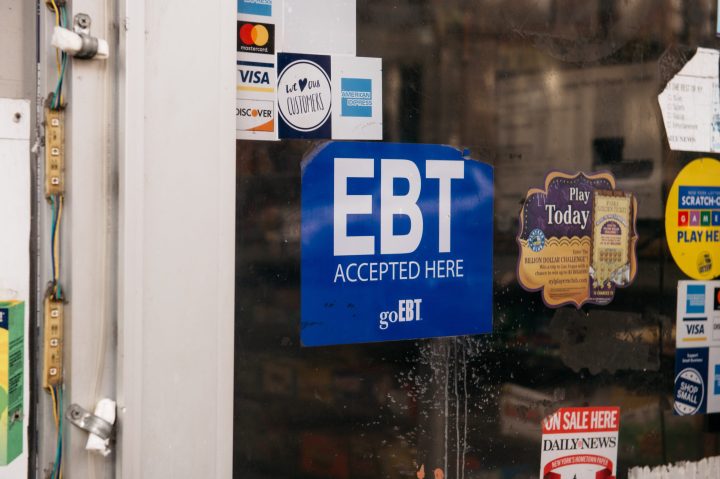
As the White House convenes a conference on hunger and nutrition, a look at SNAP
As the White House convenes a conference on hunger and nutrition, a look at SNAP

The White House is hosting a conference on hunger, nutrition, and health today. The last such summit, in 1969, led to the creation of some of the major anti-hunger programs that still exist in this country today – including food stamps now known as SNAP, the Supplemental Nutrition Assistance Program.
More than 40 million people got SNAP benefits last year. But anti-hunger advocates said there are still many ways the program could be improved.
SNAP is the largest anti-hunger program in the country. Rachel Sosnowchik at the Second Harvest Heartland food bank in Minnesota said it’s also the most effective.
“Just in terms of reach, and the number of people who have access to SNAP, it’s kind of unparalleled,” she said.
But there are still a lot of people who aren’t getting benefits and should be – in part, she said, because the process of applying is confusing and cumbersome.
“Typically, you have to fill out a paper form, print it off, sign it, fax it,” she said.
During the pandemic – the federal government made the application process easier, Sosnowchik said. It also temporarily expanded access to SNAP and increased benefit amounts.
Going forward, “a big step would be looking at some of the changes that were made during the pandemic and making those changes permanent.”
In addition to that, Jerome Nathaniel at the City Harvest food bank in New York said raising the income threshold would make a big difference.
“The income eligibility for SNAP is very low,” he said. “Many families that are struggling to make ends meet may not be eligible for SNAP.”
There are also a lot of people who aren’t eligible because they’re undocumented, he said. Changing that would also go a long way towards reducing food insecurity.
Ultimately, though, Parke Wilde at the Friedman School of Nutrition Science and Policy at Tufts said ending hunger is going to take more than just expanding SNAP and other food assistance programs.
“I think we’re doing very well using our nutrition assistance programs to reduce hunger and food insecurity. But I also think further progress could require us to think more broadly, about where does nutrition assistance policy fit into a broader anti-poverty strategy,” he said.
One example, he adds: In 2021 the federal government temporarily expanded the Child Tax Credit. That wasn’t a nutrition assistance program – but research shows that it helped reduce food insecurity.
There’s a lot happening in the world. Through it all, Marketplace is here for you.
You rely on Marketplace to break down the world’s events and tell you how it affects you in a fact-based, approachable way. We rely on your financial support to keep making that possible.
Your donation today powers the independent journalism that you rely on. For just $5/month, you can help sustain Marketplace so we can keep reporting on the things that matter to you.











